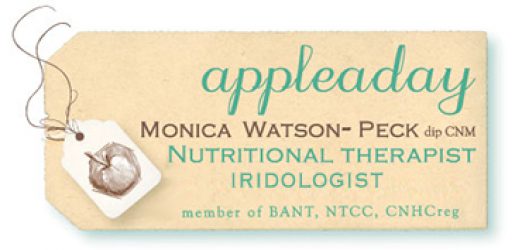
First of all, some relevant facts: Salt contains sodium which is an essential nutrient that maintains our water balance as well as our blood pressure. Salt also helps regulate muscle and nerve activity, so, yes…. we need it, but not as much as we’re consuming. The recommended limit is about 6g (1 tsp daily) – less for children – but the UK is currently estimated to be consuming around 8.5g salt daily.You say you’re not adding that teaspoon to meals?
Look at this salty list on the NHS ‘Choices’ website: ham, cheese, bacon, olives, pickles, prawns, anchovies, salami, soy sauce, stock cubes, yeast extract, smoked fish, smoked meat, gravy granules… and of course salted nuts and crisps. A lot of these foods may not be obvious salt sources to everyone. And even sweet snack foods are on the list because the food industry knows that taste buds love sweet ‘n salty!
The following too can also be high in salt: tomato ketchup, takeaways, pasta sauces, bread products (like ciabattas or bagels), pizzas, ready meals and soups.
The word ‘salt’ is invariably not listed on labels, however ‘sodium’ may be. But sodium isn’t salt, it’s just part of it. In fact 1 g sodium is 2.5g salt…which is a lot more salt intake in a given food than we may have realized.
Is there any good news about all this?
Firstly eating less of any processed snack will be a great start. Unsalted nuts and seeds or a piece of fruit because really it does seem as though most snack foods contain salt (apart from, for example, salt-free crisps – but those are deep fried and full of trans fats which is another topic for another time).
And if we cook more from scratch we will be in charge of how much salt goes in the pot.
Checking labels is another obvious step. Choose the canned or packaged goods with the lowest salt or sodium content.
The really good news however is that as our salt intake drops, our salt taste receptors in the mouth adapt. After 1-2 months we won’t miss it at all!
